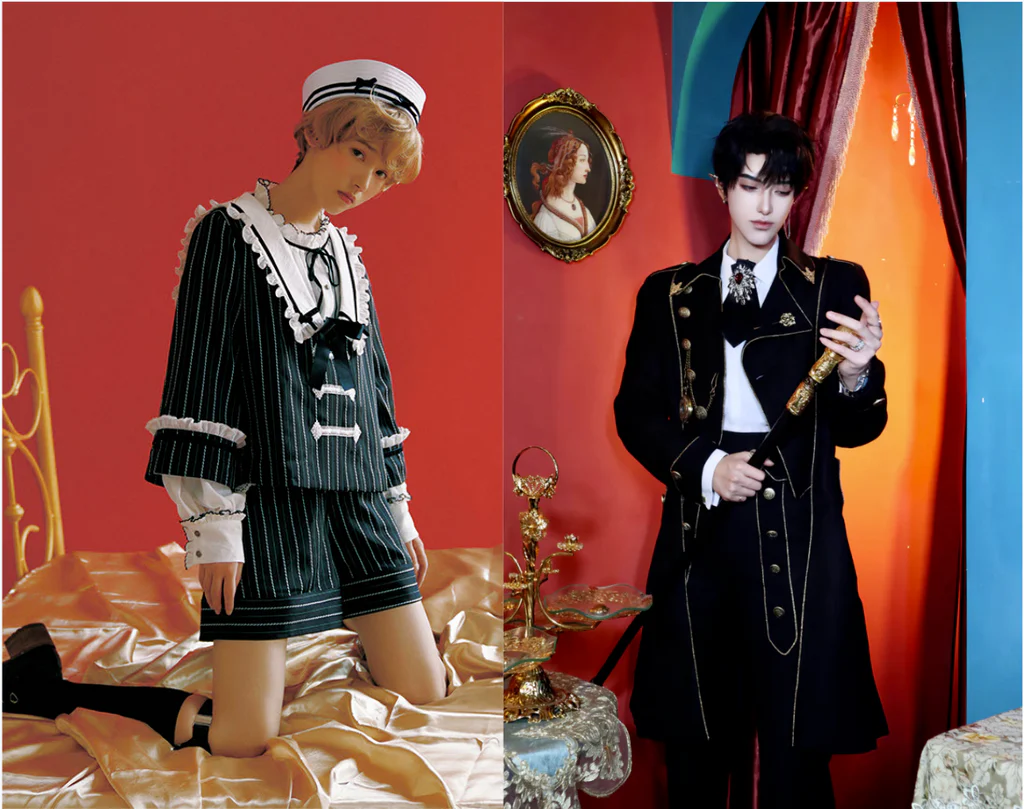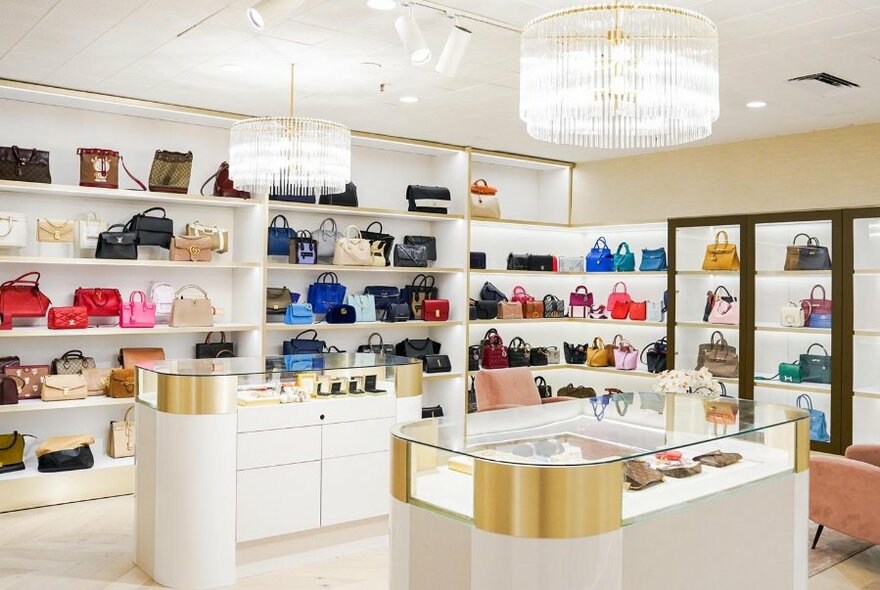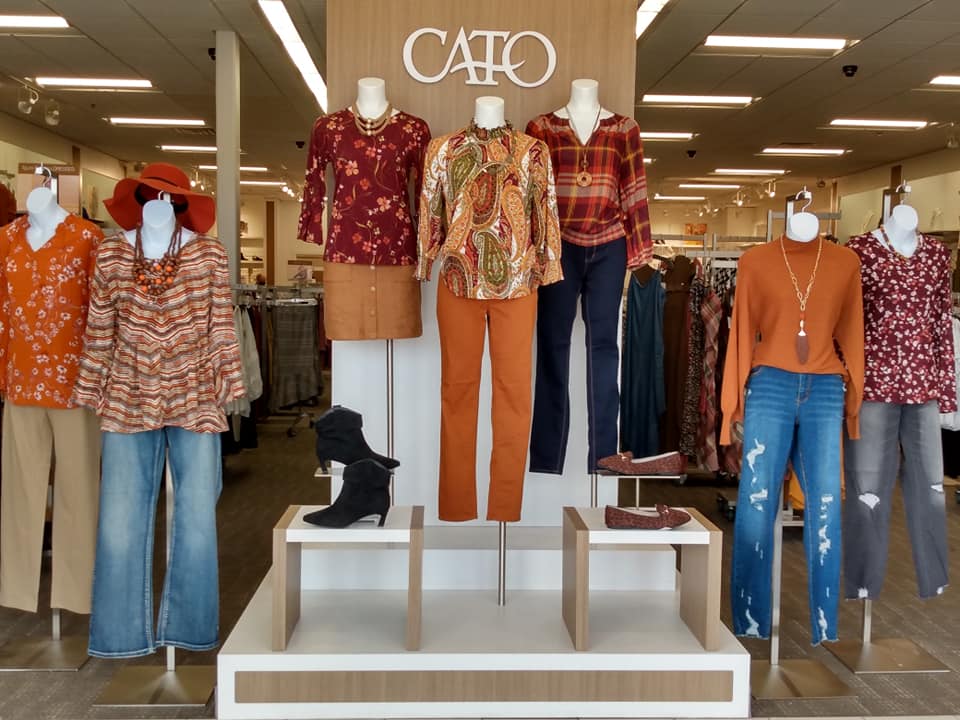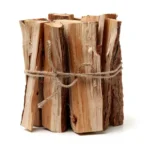Now Reading: A Guide to Ouji Fashion: The Dapper Prince Style
-
01
A Guide to Ouji Fashion: The Dapper Prince Style
A Guide to Ouji Fashion: The Dapper Prince Style

Have you ever seen a style that looks like it stepped right out of a Victorian storybook, but with a modern, masculine twist? Welcome to the captivating world of ouji fashion. Often seen as the princely counterpart to Lolita fashion, Ouji (which means “prince” in Japanese) is a unique and elegant Japanese street style that blends historical aesthetics with contemporary flair.
This fashion is all about creating a dapper, boyish silhouette inspired by young European aristocrats of the 19th century. If you’re drawn to tailored clothing, intricate details, and a look that tells a story, then exploring ouji fashion might be your next great style adventure. This guide will walk you through everything you need to know, from its core elements to how you can create your own princely coordinate.
Key Takeaways
- Ouji fashion is a Japanese street style focused on a masculine, “princely” aesthetic inspired by Victorian and Edwardian menswear.
- It is considered a counterpart to Lolita fashion but is a distinct style of its own, not simply “masculine Lolita.”
- Key elements include tailored shorts (like knickerbockers), blouses, vests, jackets, knee-high socks, and classic footwear.
- Accessorizing is crucial, with items like top hats, bow ties, brooches, and pocket watches adding personality and flair to an outfit.
What Exactly Is Ouji Fashion?
At its heart, ouji fashion is an alternative Japanese fashion style that focuses on creating an androgynous or masculine look reminiscent of young princes or aristocrats from historical Europe. Think tailored shorts, ruffled blouses, smart vests, and dapper hats. While it shares roots and community with Lolita fashion, it is important to recognize Ouji as its own distinct style.
The silhouette is less about the bell-shaped skirts of Lolita and more about a structured, layered, and boyish look. It embraces a sense of elegance, sophistication, and sometimes even a touch of playful mischief. This style isn’t about cosplay or dressing up as a specific character; rather, it’s about embodying an aesthetic and expressing oneself through a carefully curated and beautifully detailed wardrobe.
The Origins and History
The roots of ouji fashion are deeply intertwined with the development of Japanese street style culture, particularly the Gothic & Lolita scene that emerged in the late 1990s. As Lolita fashion grew, so did the desire for a complementary masculine style. Initially, it was often referred to as “boy style” or kodona (a term that is now considered outdated by many in the community).
The name “Ouji,” meaning prince, became more popular as it perfectly captured the regal and dapper essence of the look. Fashion magazines like the Gothic & Lolita Bible were instrumental in popularizing the style, featuring spreads and brand advertisements that showcased these princely ensembles. Over time, ouji fashion has carved out its own niche, with dedicated followers and brands creating clothing specifically for this aesthetic.
Ouji vs. Lolita Fashion: Understanding the Connection
While often seen together, Ouji and Lolita are distinct styles. Think of them as siblings, not twins. They share a common inspiration in historical European clothing and a love for intricate details, but their goals are different.
- Silhouette: Lolita fashion emphasizes a feminine, cupcake or A-line silhouette achieved with petticoats under skirts or dresses. Ouji fashion, on the other hand, focuses on a more streamlined, boyish silhouette using trousers or shorts.
- Garments: The core of a Lolita coordinate is the skirt or jumperskirt (JSK). For Ouji, the focus is on pants—usually shorts like knickerbockers or pumpkin pants—paired with a blouse and vest or jacket.
- Aesthetic Goal: Lolita aims for a look of innocence, elegance, and doll-like femininity. Ouji strives for a dapper, princely, and sometimes mischievous or gothic masculinity.
Despite these differences, it’s common for individuals to enjoy both styles and for brands to produce clothing for both aesthetics.
The Core Components of an Ouji Wardrobe
Building an ouji fashion coordinate is all about layering key pieces to create a cohesive and stylish look. Each garment plays a role in achieving the signature princely silhouette.
Essential Garments
At the center of any ouji coordinate are the main clothing items that define the style.
- Blouses: The foundation of the upper body, Ouji blouses can range from simple, crisp button-downs to more elaborate designs with ruffles, jabots, pintucks, or lace details on the collar and cuffs.
- Pants: The most iconic legwear for ouji fashion is shorts. These are not modern cargo shorts, but tailored styles like knickerbockers that end at the knee, or puffier “pumpkin pants.” Full-length trousers can also be used, especially for more mature or formal looks.
- Vests (Waistcoats): A vest is a near-essential layering piece. It helps to structure the torso and adds a layer of formality and detail. They come in various styles, from simple single-breasted designs to elaborate brocade double-breasted ones.
- Jackets and Coats: For a complete look, a tailored jacket is often added. Prince-style coats, tailcoats, or military-inspired jackets are popular choices that elevate the entire outfit.
Crucial Legwear
The choice of socks and shoes is vital for completing the authentic ouji fashion look.
- Socks and Tights: Knee-high or over-the-knee socks are the most common choice, perfectly complementing the shorter pants. Argyle patterns, solid colors, and ribbed textures are all popular. Tights can also be worn, especially in colder weather.
- Footwear: Shoes should be classic and elegant. Oxford shoes, brogues, loafers, and Victorian-style boots are all excellent options. Platform or rocking horse shoes from the Japanese street style scene can also be incorporated for a more alternative twist.
Accessorizing: The Soul of Ouji Fashion
Accessories are what truly bring an ouji fashion coordinate to life. They add personality, detail, and a touch of aristocratic flair that makes the style so unique and eye-catching.
Must-Have Accessories
Without accessories, an Ouji outfit is just a collection of clothes. These finishing touches are where you can truly express your personal take on the style.
- Hats: A hat is arguably the most important Ouji accessory. Top hats, mini top hats, newsboy caps, berets, and boaters are all popular choices that dramatically shape the look.
- Neckwear: A tie is essential. Bow ties add a playful, boyish charm, while jabots and cravats offer a more historical and formal feel. Classic neckties can work too, especially for a more schoolboy-inspired look.
- Gloves: Short, elegant gloves in materials like leather or lace can add a touch of class and refinement.
- Jewelry: Think classic and thematic. Brooches, stick pins for cravats, pocket watches with chains, and signet rings are all wonderful additions.
Adding Your Personal Touch
Your choice of accessories is how you steer your outfit toward a specific substyle. For a gothic Ouji look, you might choose a bat-shaped brooch and a black lace jabot. For a sweet Ouji style, a pastel bow tie and a beret would be more fitting. Don’t be afraid to mix and match to create a coordinate that feels authentic to you. The world of fashion is always evolving, and as style experts at platforms like Forbes Planet often note, personal expression is what makes fashion truly powerful.
Popular Ouji Substyles to Explore
Just like Lolita, ouji fashion has several substyles that allow for a wide range of expression. Each one takes the basic princely template and infuses it with a different mood and aesthetic.
Gothic Ouji
Gothic Ouji is one of the most popular substyles. It draws heavily from gothic aesthetics, using a color palette dominated by black, deep reds, and dark purples. Motifs like crosses, bats, and wrought iron patterns are common. Fabrics are often luxurious, like velvet and brocade, and the overall mood is dark, elegant, and mysterious.
Classic Ouji
Classic Ouji focuses on a more historical and toned-down look. The color palette is muted, featuring browns, creams, navy, and forest greens. The emphasis is on tailoring and historical accuracy, creating a sophisticated and mature appearance. It’s less about fantasy and more about channeling a genuine Victorian or Edwardian gentleman.
Sweet Ouji
On the lighter end of the spectrum is Sweet Ouji. This substyle uses a brighter, softer color palette with pastels, whites, and light blues. The mood is more playful and innocent. Prints might include subtle florals or checks, and accessories like berets and cute bow ties are common. It’s the princely equivalent of Sweet Lolita.
Punk Ouji
For those who like a bit of edge, Punk Ouji mixes the princely silhouette with punk elements. Think distressed fabrics, plaids, chains, and chunky boots. It combines the tailored structure of ouji fashion with a rebellious, deconstructed attitude, creating a unique and bold statement.
How to Build Your First Ouji Coordinate

Starting with a new fashion style can feel daunting, but building your first ouji fashion outfit is a fun and creative process.
Step 1: Choose Your Core Pieces
Start with the basics. Select a pair of pants and a blouse. A simple white blouse and a pair of black or navy knickerbockers are a fantastic, versatile starting point that can be adapted to many substyles.
Step 2: Add a Vest or Jacket
Layering is key. Add a vest that complements your pants and blouse. A simple black vest is a great investment as it can be used in countless coordinates. This immediately adds structure and transforms the pieces into a cohesive outfit.
Step 3: Select Your Legwear and Shoes
Choose your socks and shoes. Knee-high socks in a color that matches your vest or pants are a safe bet. Pair them with a classic pair of dress shoes, like oxfords.
Step 4: Accessorize!
Now for the fun part. Add a hat, like a newsboy cap or a mini top hat. Choose your neckwear—a bow tie is a great choice for a first coordinate. Consider adding a small detail like a brooch on your vest or a pocket square to finish the look.
Where to Shop for Ouji Fashion
Finding ouji fashion pieces can be a treasure hunt. Here are some places to look:
|
Source Type |
Examples |
Best For |
|---|---|---|
|
Japanese Indie Brands |
Atelier Boz, Black Peace Now (defunct but available secondhand), Moi-même-Moitié |
High-quality, authentic gothic and classic Ouji pieces. |
|
Chinese Indie Brands |
Various shops on platforms like Taobao |
A wide variety of affordable substyles, from sweet to gothic. |
|
Secondhand Markets |
Lace Market, Wunderwelt, Mercari Japan |
Finding rare or out-of-production pieces from popular brands. |
|
Mainstream & Vintage |
Zara (boys’ section), thrift stores |
Finding basic pieces like blouses, vests, and trousers to supplement your wardrobe. |
Conclusion
Ouji fashion is more than just clothing; it’s a form of self-expression that combines historical elegance with modern creativity. It allows you to embody a character of your own making—be it a charming prince, a mysterious count, or a mischievous schoolboy. By understanding its core components, exploring different substyles, and carefully curating your accessories, you can step into this unique and dapper world. Don’t be afraid to experiment, mix and match, and most importantly, wear what makes you feel confident and stylish. The path to becoming an Ouji is a creative journey, and your first coordinate is just the beginning.
Frequently Asked Questions (FAQ)
Is Ouji fashion only for men?
Absolutely not! Ouji fashion is enjoyed by people of all genders. The style is focused on a masculine aesthetic, but anyone who appreciates the look can wear it.
Do I have to wear shorts?
No. While shorts like knickerbockers are iconic to the style, full-length tailored trousers are also a perfectly acceptable and stylish option, often used for more formal or mature Ouji coordinates.
Can I wear Ouji fashion every day?
While some of the more elaborate Ouji coordinates might be reserved for meetups and special events, it is possible to incorporate elements of ouji fashion into your daily wardrobe. A simple coordinate with a blouse, vest, and trousers can be quite wearable for everyday life.
Is it expensive to get into Ouji fashion?
It can be, but it doesn’t have to be. While brand pieces from Japan can be costly, you can build a wardrobe affordably by shopping on Taobao, buying secondhand, and supplementing your outfits with items from mainstream stores or thrift shops.
















